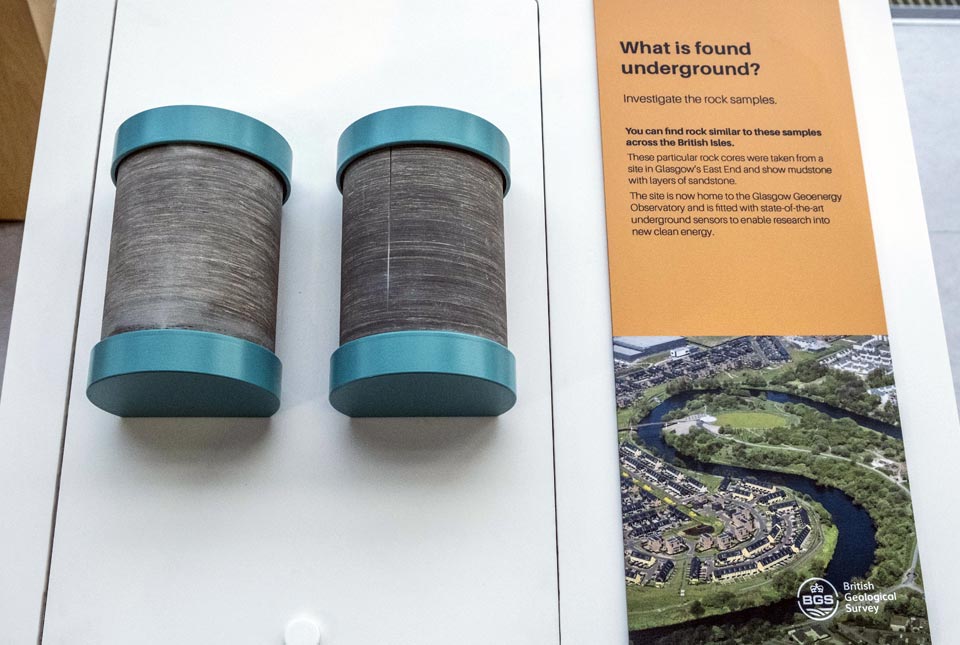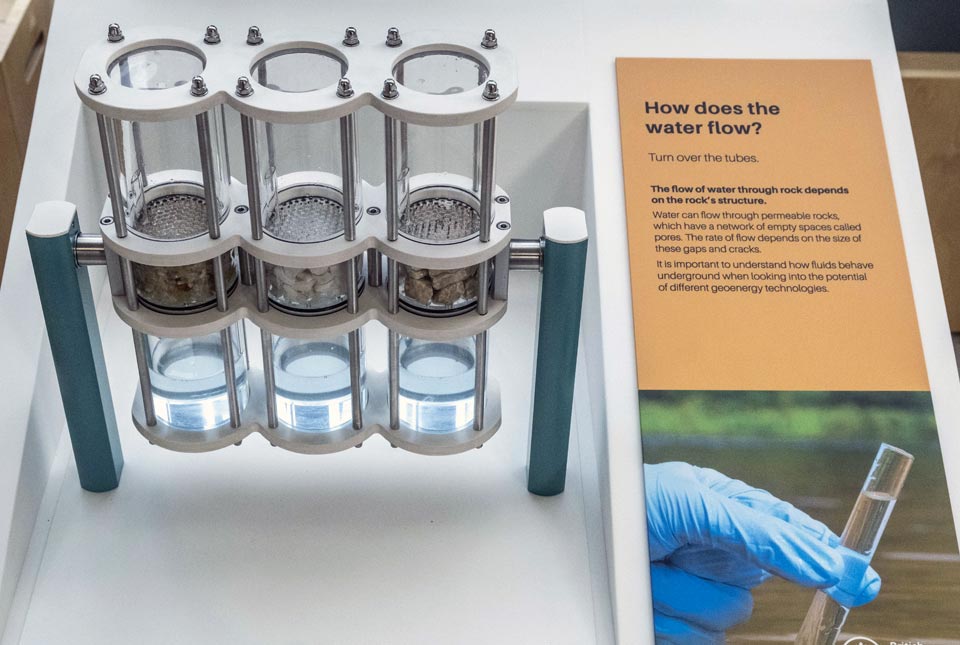Clean Energy Beneath Our Feet launches at Glasgow Science Centre
A new interactive exhibition has launched at Glasgow Science Centre, inspired by the work of the UK Geoenergy Observatories.
13/03/2022 By BGS Press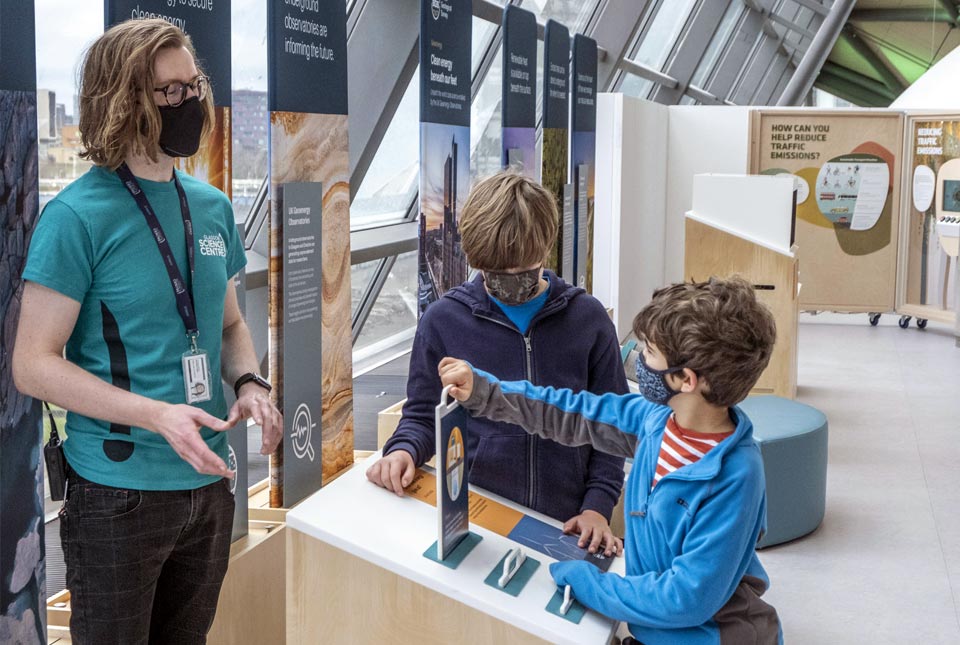
The UK Geoenergy Observatories team has launched a new exhibition at Glasgow Science Centre.
The Glasgow Observatory is one of two new facilities that will help shed light on how underground heat resources could warm our homes and businesses.


Visitors can learn about how resources below the ground have powered our homes, towns and industries in the past, and what’s coming up in the future.
The exhibition is called Clean Energy Beneath Our Feet and is on display now in Glasgow Science Centre’s Powering the Future zone.
Visitors can learn about how resources below the ground have powered our homes, towns and industries in the past, and what’s coming up in the future.
The exhibition was created by Glasgow Science Centre for the UK Geoenergy Observatories project.
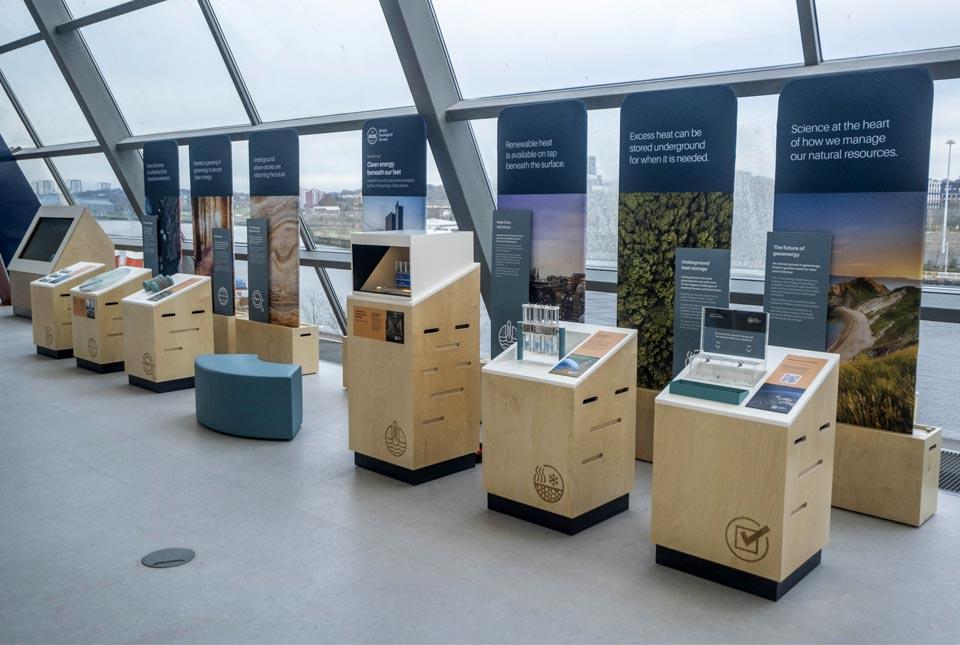
The interactive exhibition has launched at Glasgow Science Centre and will tour science centres, museums and festivals throughout the UK. BGS © UKRI.
The UK geoenergy observatory in Glasgow has 12 boreholes that are collecting data and acting as laboratories so that we can understand whether the warm water in abandoned mines could be used to power Glasgow or other cities. It was commissioned by UK Research and Innovation’s (UKRI) Natural Environment Research Council (NERC) and was delivered by BGS, which runs the site and manages its data. A second observatory is proposed in Cheshire.
If we’re going to reach our net zero goals by 2050, we need a huge supply of clean energy.
This interactive exhibition examines just that and shows the major role that the subsurface will come to play in our future.
Visitors can interact with the science and technology that will shape energy in the future, touch a rock sample we took from 137 m below the surface of Glasgow and learn about the world-class science that’s taking place at the Glasgow geoenergy observatory in the east end.
Alison Robinson, NERC Deputy Executive Chair.
The new exhibition will be of interest to anyone keen to find out more about the use of geoenergy.
We designed it with the UK Geoenergy Observatories team so that it can travel to other science centres, museums and festivals in the UK, but for now it’s on show at Glasgow Science Centre.
Robin Hoyle, director of science at Glasgow Science Centre.
The Glasgow Observatory is part of a £31 million investment by the UK government through the Department for Business, Energy & Industrial Strategy (BEIS).
Find out more about the Glasgow Observatory by taking a virtual tour.
Related news
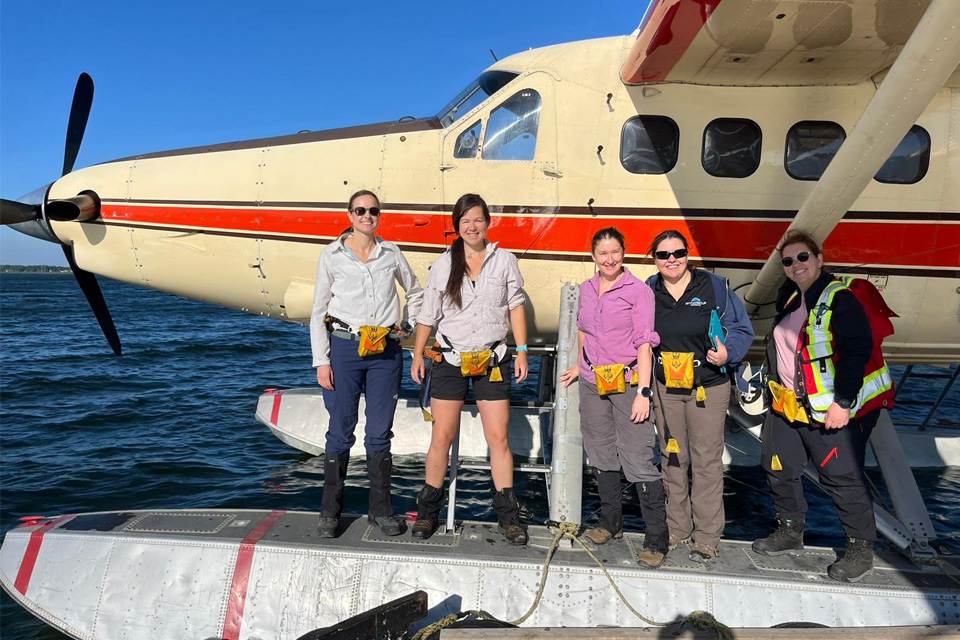
Funding awarded to UK/Canadian critical mineral research projects
08/07/2025
BGS is part of a groundbreaking science partnership aiming to improve critical minerals mining and supply chains.
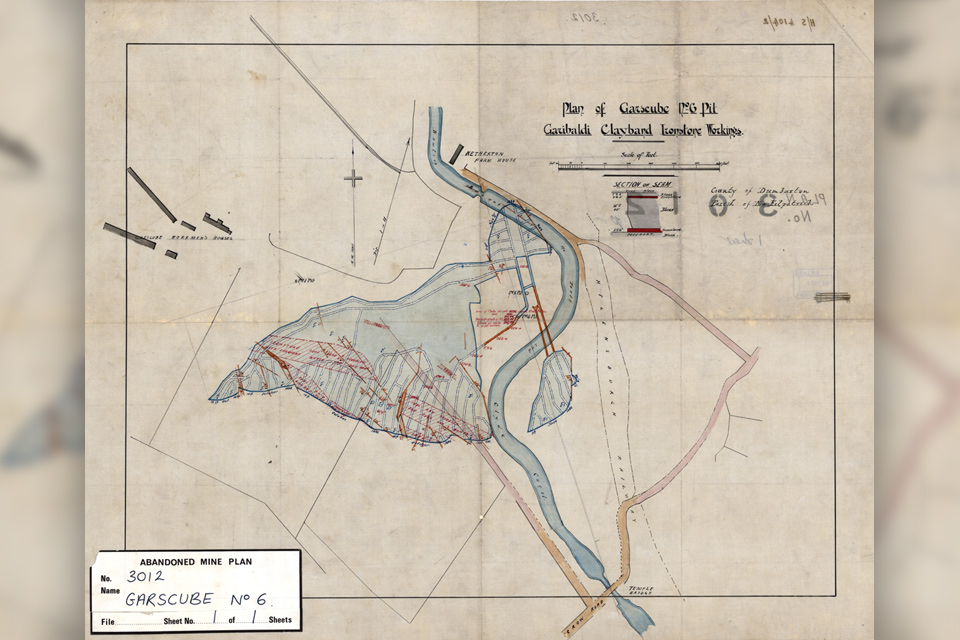
Release of over 500 Scottish abandoned-mine plans
24/06/2025
The historical plans cover non-coal mines that were abandoned pre-1980 and are available through BGS’s plans viewer.
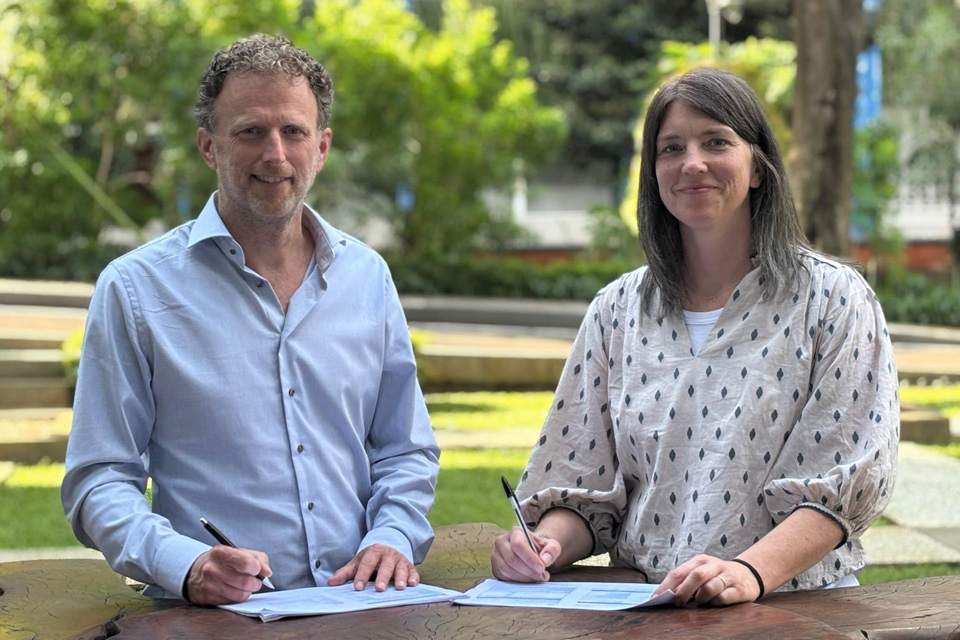
New collaboration aims to improve availability of real-time hazard impact data
19/06/2025
BGS has signed a memorandum of understanding with FloodTags to collaborate on the use of large language models to improve real-time monitoring of geological hazards and their impacts.
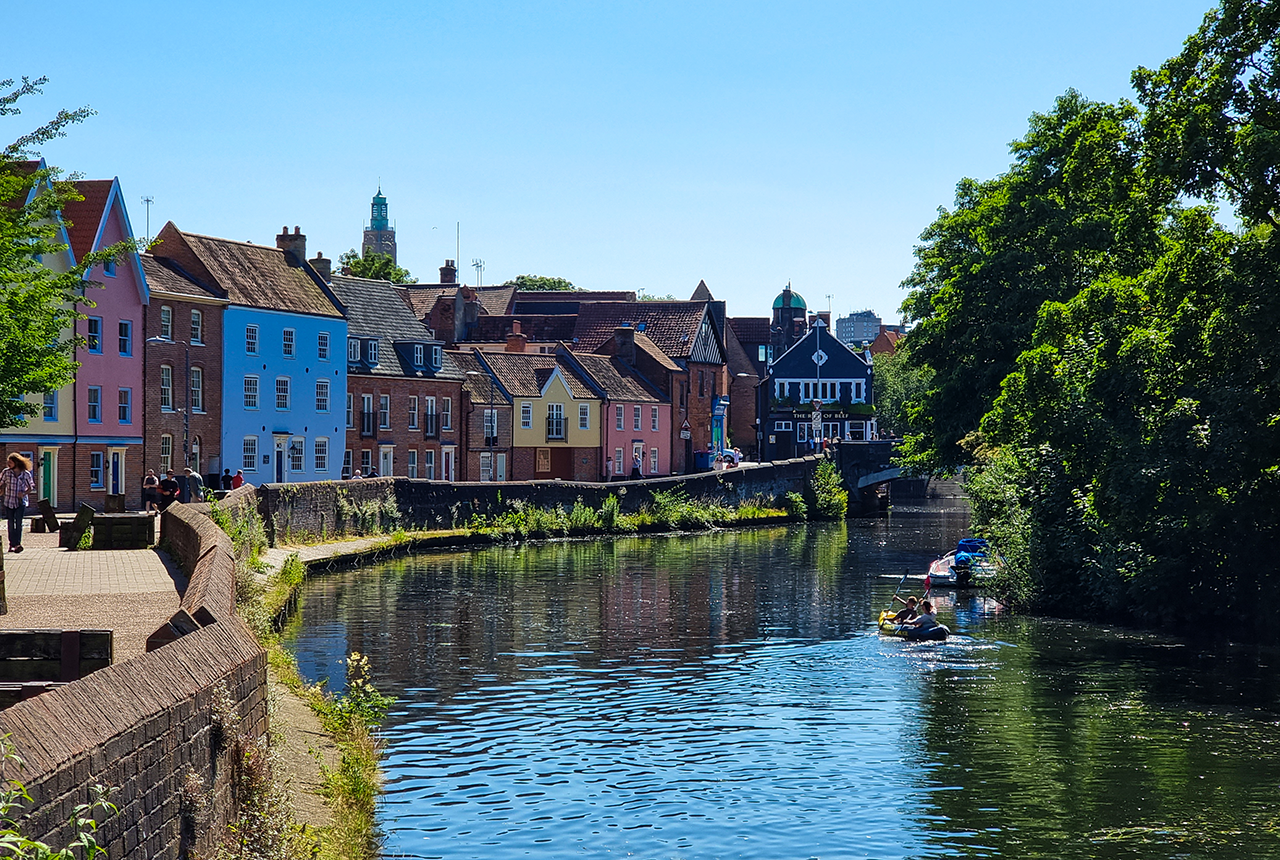
Modern pesticides found in UK rivers could pose risk to aquatic life
17/06/2025
New research shows that modern pesticides used in agriculture and veterinary medicines have been found for the first time in English rivers.
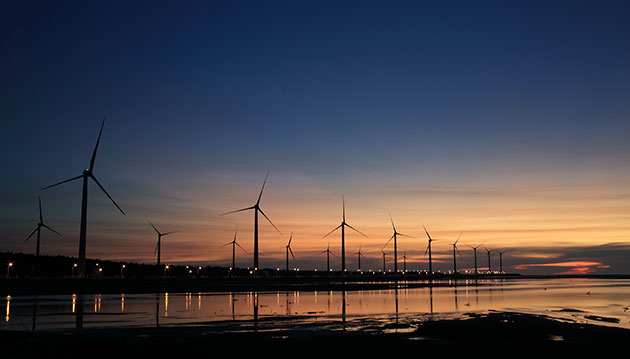
Goldilocks zones: ‘geological super regions’ set to drive annual £40 billion investment in jobs and economic growth
10/06/2025
Eight UK regions identified as ‘just right’ in terms of geological conditions to drive the country’s net zero energy ambitions.
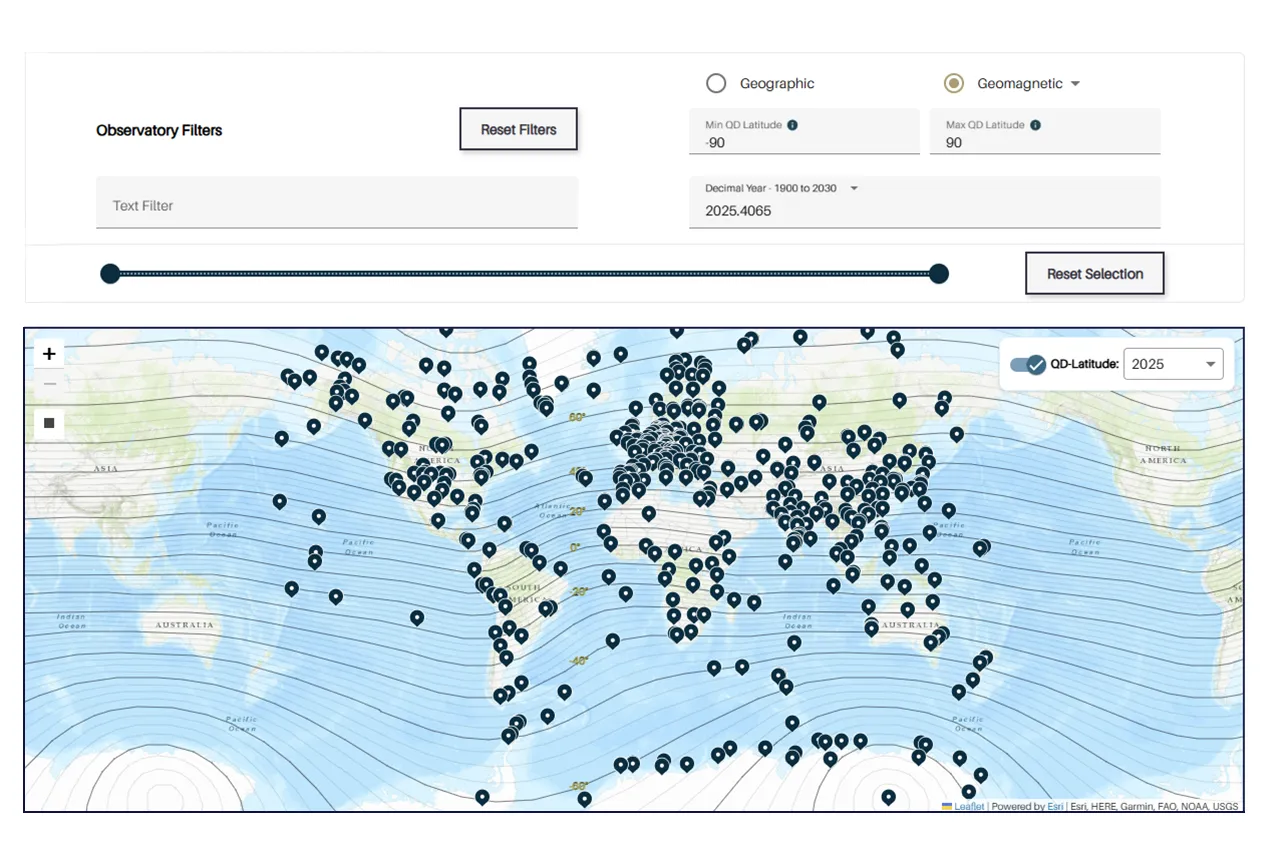
Upgraded web portal improves access to geomagnetism data
02/06/2025
BGS’s geomagnetism portal, which holds data for over 570 observatories across the world, has received a significant update.
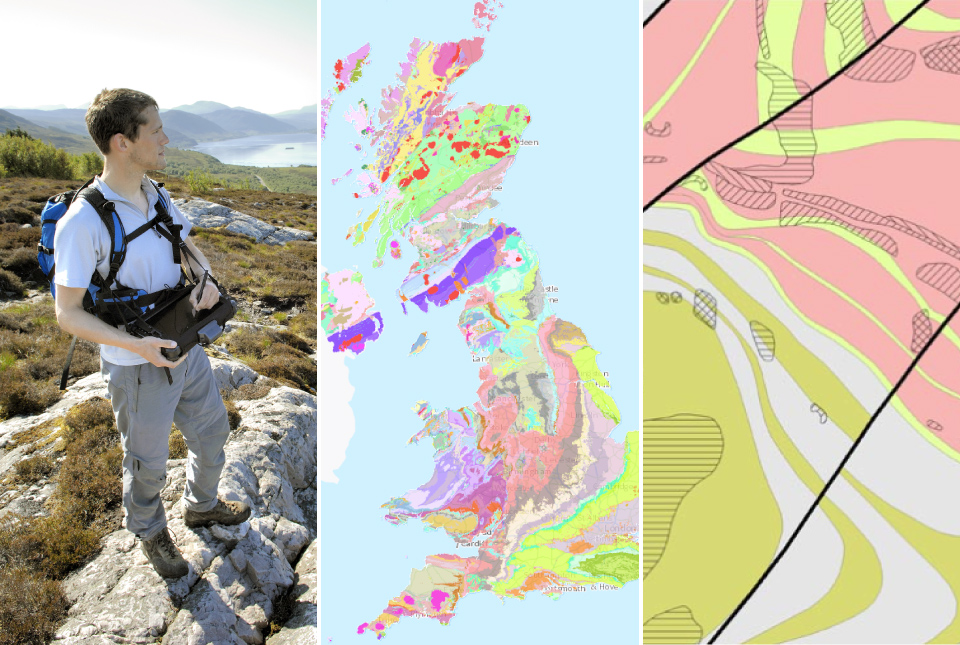
BGS digital geology maps: we want your feedback
29/05/2025
BGS is asking for user feedback on its digital geological map datasets to improve data content and delivery.
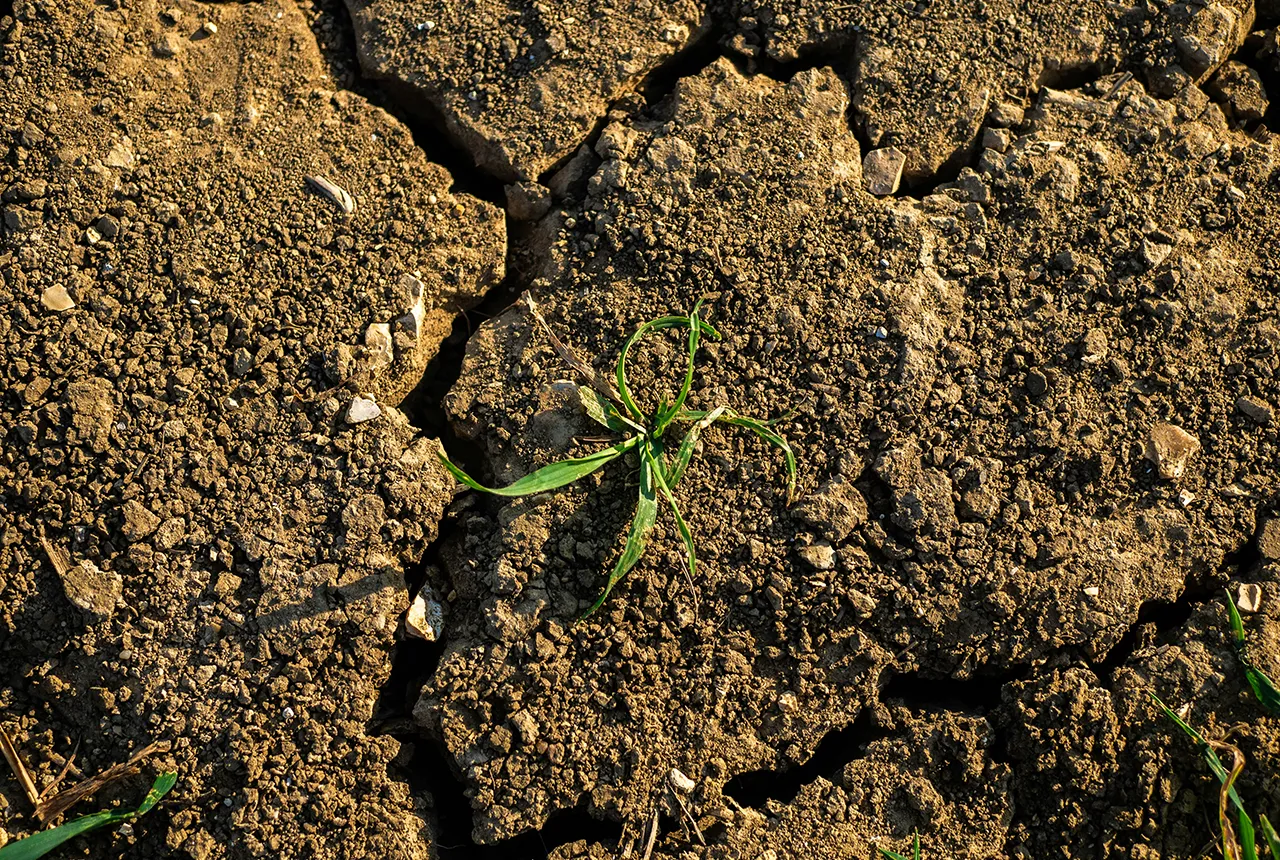
What is the impact of drought on temperate soils?
22/05/2025
A new BGS review pulls together key information on the impact of drought on temperate soils and the further research needed to fully understand it.
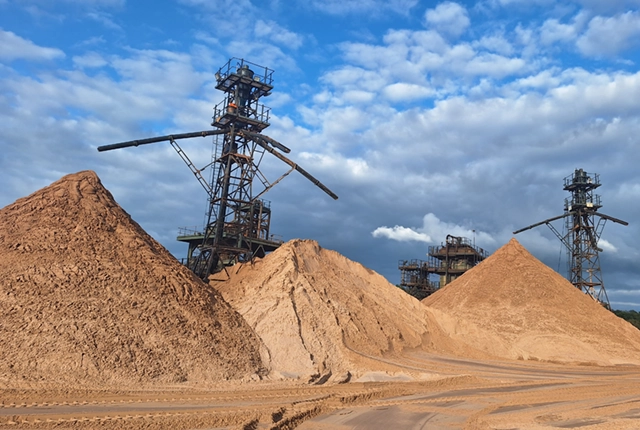
UK Minerals Yearbook 2024 released
21/05/2025
The annual publication provides essential information about the production, consumption and trade of UK minerals up to 2024.
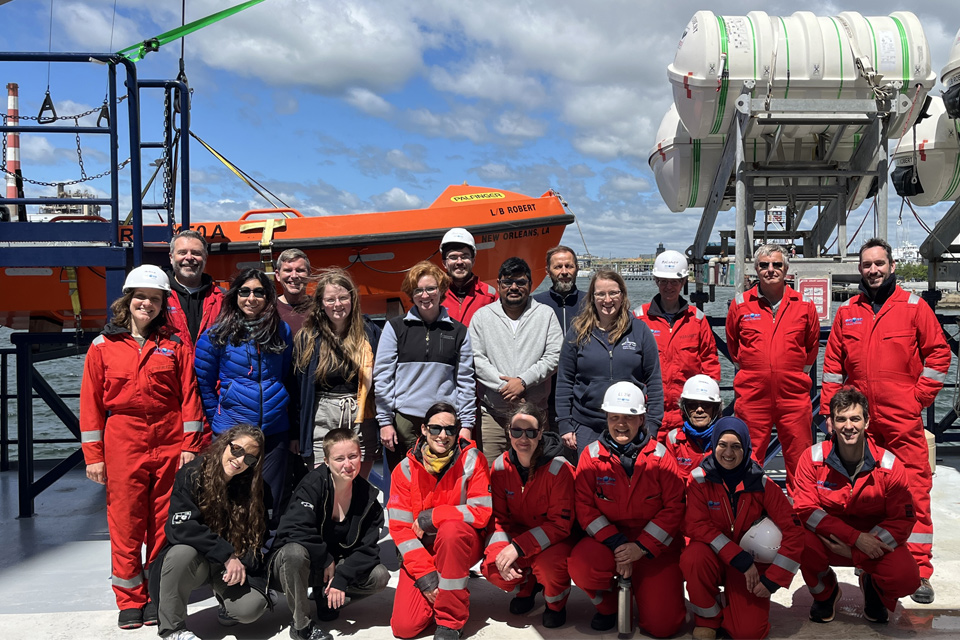
BGS scientists join international expedition off the coast of New England
20/05/2025
Latest IODP research project investigates freshened water under the ocean floor.
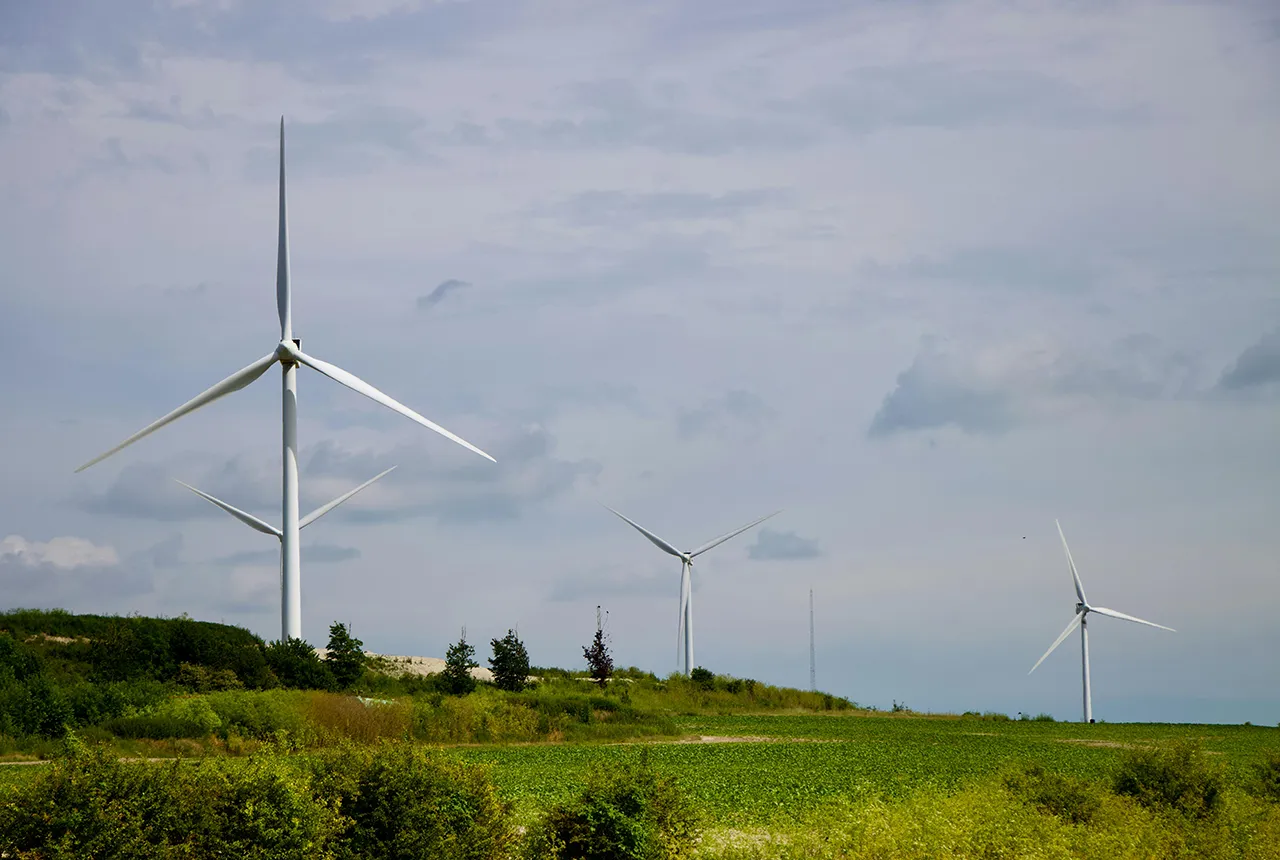
New interactive map viewer reveals growing capacity and rare earth element content of UK wind farms
16/05/2025
BGS’s new tool highlights the development of wind energy installations over time, along with their magnet and rare earth content.
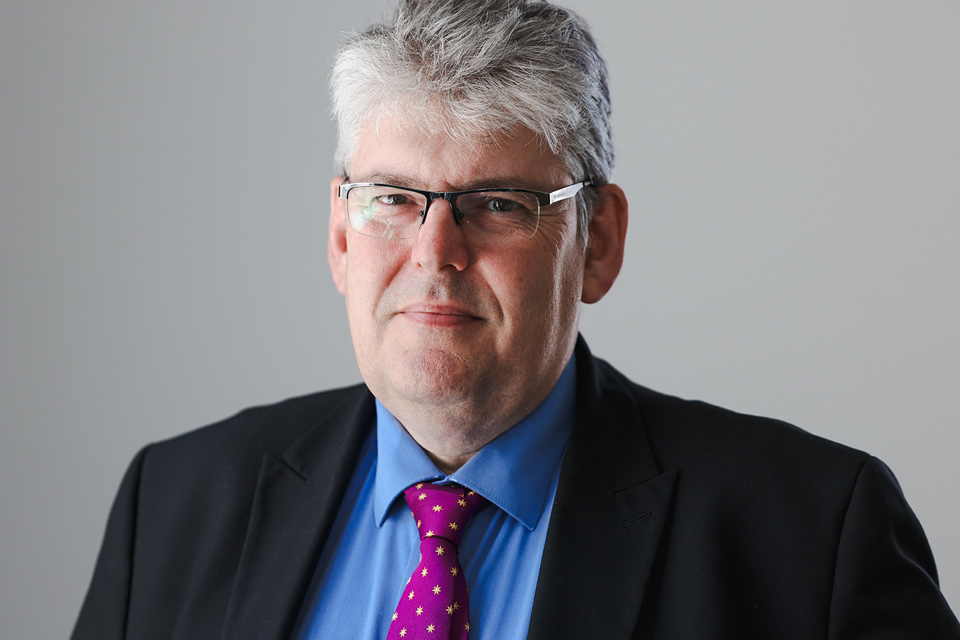
UKRI announce new Chair of the BGS Board
01/05/2025
Prof Paul Monks CB will step into the role later this year.




